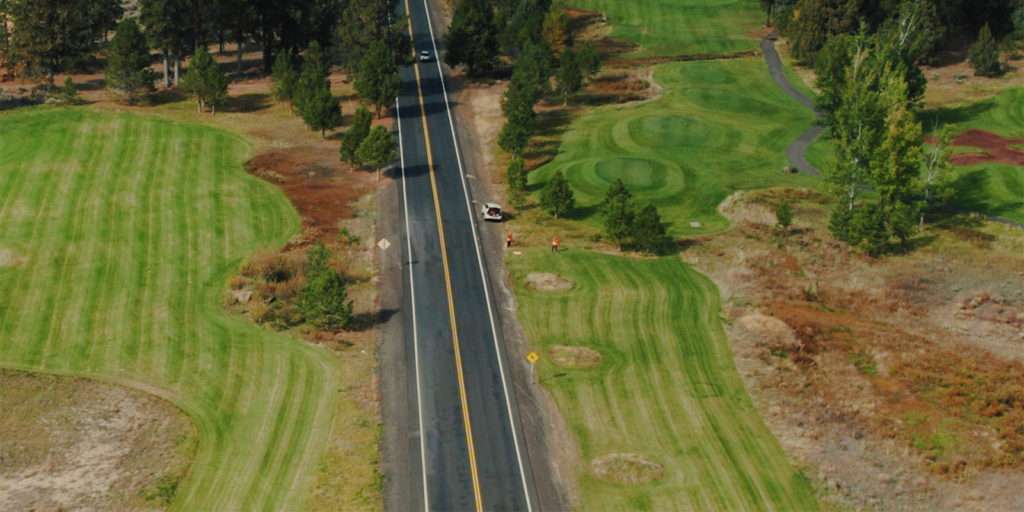
The FAA is all about safety. One way drone pilots mitigate risk is by designating a Visual Observer (VO) to assist in visual observation during UAS operations.
Though the FAA does not require the use of a visual observer, they do require that the Remote Pilot in Command (RPIC) maintains visual site of the aircraft at all times during the flight. However, this can prove to be difficult as the pilot is looking at the control panel and video feedback, his or her hands, as well as to the sky. Therefore, the use of a VO is very useful in increasing performance and reducing risk.
What a Visual Observer Must Look For
A successful VO will maintain sight of the aircraft during the whole flight. He or she will scan the sky as well as the ground around the drone site looking for any obstacles that will impede a successful flight. These might include:
- Tripping hazards by the pilot or the visual observer
- Cars or other vehicles
- Animals/Wildlife
- Other people in the vicinity
The visual observer will then need to monitor the sky for hazards such as:
- Weather
- Tree lines
- High wires
- Aircraft or any other detectable objects
Once the area is clear he or she can alert the pilot that it is safe to take flight. Once the craft is in flight, the visual observer must maintain uninterrupted sight of the vehicle. With the exception of corrective lenses, the visual observer is not allowed to use any other type of visual enhancement such as binoculars as per the FAA.
Maintaining Line of Sight of the UAS
Though many drones can physically fly up to 6 miles away, the average distance a drone can be seen, depending on terrain, air conditions and other obstacles will range from 1,000 – 2,000 feet which is less than one half mile. The use of daisy-chaining visual observers is expressly prohibited by the FAA. The RPIC and VO must be able to effectively communicate so that both are aware of the drones location at all times. Should the pilot and visual observer lose sight of the drone for more than 15 seconds, the pilot should activate the “return to home” procedure and communicate that he or she has done so.
Communication During the Drone Flight
Communication between the RPIC and the VO is paramount. The VO must communicate to the pilot any information quickly and accurately. Thus, it is vitally important that the pilot trusts the judgment of the visual observer and acts upon their advice without question. The FAA discourages the use of walkie talkies therefore the VO should be in close proximity to the pilot at all times. There are no specific guidelines for communication. The pilot and visual observer are free to create a communication system that best works for them.
Most important is that it is clear and consistent and that both pilot and visual observer understand what each command means. As the VO is to maintain consistent line-of-sight of the drone, it is also important that they are not disturbed or disrupted during flight.
Avoiding Disruptions
Finally, the lack of disruptions is paramount for a safe flight. Many people are curious about what is taking place. They are fascinated by this “new” technology and are naturally curious. In order to not be disturbed during flight, a variety of tools can be used to communicate this to the public.
A RPIC and VO may find the following to be helpful:
- Wearing vests with “Do not Disturb” printed on the back
- Signs placed around the landing pad and in the general vicinity
- Printed fliers which can be handed to spectators which answers many of their questions
The Takeaway: Staying Safe
Though the FAA does not require the use of a visual observer, it is another step in conducting a safe operation. Every flight is unique and there are a variety of issues to contend with in each one. The help of the visual observer can help alleviate additional stress on the pilot resulting in a more successful and enjoyable experience.
Be smart, safe, and forever fly!
If you have any questions, let us know! If you’d like to hire us, you can get more information here.
Written by: Tony Marino, MBA – FAA Certified Part 107 Commercial Drone Pilot and Chief Business Strategist at Aerial Northwest
Disclaimer: The information provided in this blog post is for general informational purposes only and should not be construed as legal advice.









2 Comments
Leave your reply.